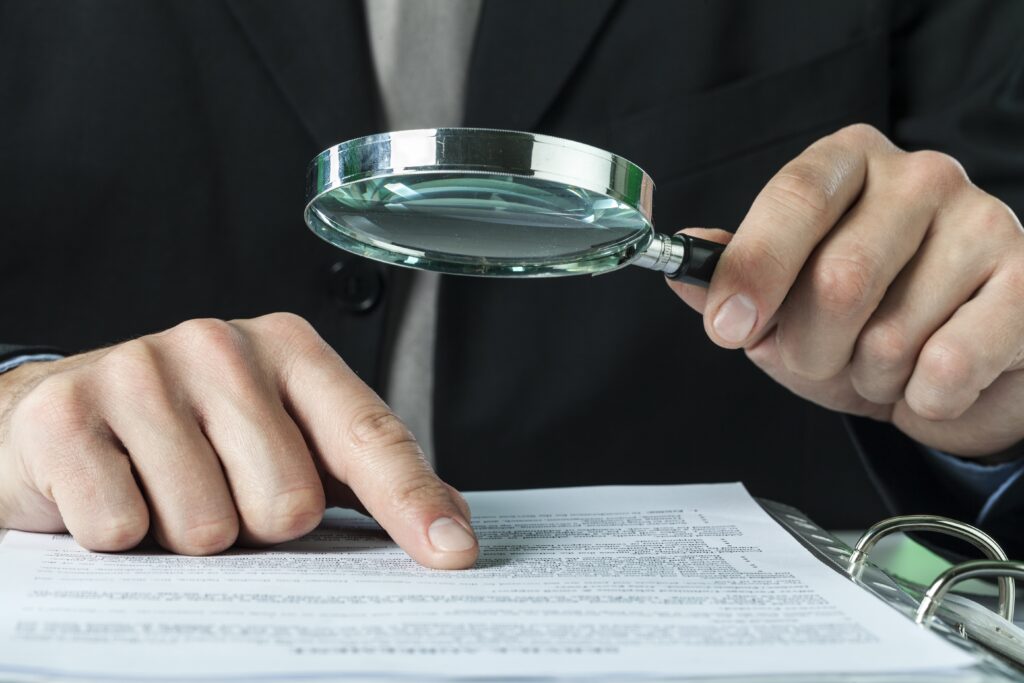Fraud Detection in the Workplace

Fraud detection is becoming more and more important as the business world leans heavily on technology and an influx of data. In recent years, fraud attempts have increased dramatically, thus calling for a fraud detection system that is widespread, efficient, and effective in the workplace. Business owners, boards of directors, government leaders, management and many other stakeholders must place a serious focus on fraud risk inside of their organization. As this problem continues to grow and diversify to remain undetected, regulations have been introduced in order to force leaderships’ hands into looking at these issues and taking action to reduce risk.
Today, organizations are looking to the expertise of audit professionals, like Certified Fraud Examiners, to take a proactive role in utilizing controls to manage fraud risk as well as to prevent and detect fraud. Relying on things like whistleblowers and tips are reactive measures. To truly tackle fraud detection in the workplace, proactive measures must be put in place and exercised regularly. From asset misappropriation to fraudulent statements to corruption, detecting fraud in the workplace is critical to keeping an organization prosperous, ethical, and growing. Some of the most effective fraud prevention and detection tactics include:
- Internal auditing to evaluate the effectiveness of current internal controls
- Transaction-level data analysis to look for specific fraud indicators
- Continuous transaction examining – on a daily, weekly, or monthly basis
- Control general ledger access
- Have bank statements received, opened, and reviews by senior-level employees
- Regular use of data automation in particularly risky areas
- Purchase data analysis technology which runs an application continuously to keep comprehensive records of all activities performed in an organization
- Consistent communication of the fraud prevention program throughout the organization
- Ad hoc testing to highlight areas where further investigation is necessary
- Carefully monitor “anomalies” in the data
Preparing and launching a fraud prevention and detection system can be a daunting task for senior-level management, business owners, boards of directions, and the like. The first step in the process typically involves the identification of areas where fraud may occur and what types of fraud are possible in those areas. Taking a top-down line of attack will open the door to quantifying fraud risk and then assessing the general exposure to fraud in the organization. It is critical to segregate duties when it comes to putting control systems in place. The more checks and balances within the organization the better.
Taking a proactive approach is the first step in preventing and detecting fraud in the workplace. More often than not, comprehensive fraud risk analysis will need to be performed both internally and by a third-party. In doing so, an organization is better equipped to identify vulnerable areas of the business and prepare safeguards for fraud in the future. For more information on fraud-related engagements, contact our Certified Fraud Examiners today and learn how we can protect your business today.
